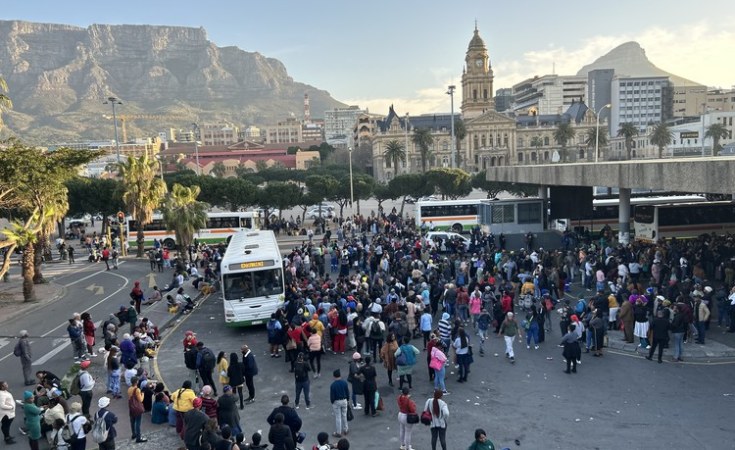Thousands of South Africans still run to the veld whenever nature calls.
At least 18% of the population has no piped water in their houses or in their yards.
This is the grim reality of 30 years of ANC rule with Census 2022 confirming that millions of black people still live in squalor, even without ablution facilities.
Just 35% of the people of Limpopo have flush toilets; 36.8% of households use dangerous pit toilets; 21.1% have the equally dangerous pit latrines but with ventilation pipes, and the rest use the veld.
In Mpumalanga, which voted overwhelmingly for the ANC in 2019 (72.2%), just 54.9% of the people have flush toilets.
It's a similar picture in the Eastern Cape where just 58.7% of households have flush toilets.
Urban areas including the country's capital Pretoria and the economic hub Johannesburg also have thousands of residents who have no toilets, and more with no access to clean drinking water.
The City of Tshwane is still battling to combat a recent outbreak of cholera that killed 47 people this year while suspected cholera cases reached 1,290 nationwide with 199 cases confirmed.
President Cyril Ramaphosa received the Census 2022 results at the Union Buildings on Tuesday.
This was the fourth census since 1994.
Ramaphosa said: "Despite the present challenges of load shedding, which we are urgently addressing, we should be encouraged by the almost universal access to electricity supply.
"Census 2022 has told us where we are making progress, but it has also laid bare the challenges that remain."
Census 2022 also showed that the population grew from 51.7 million in 2011 to 62 million in 2022.
IsiZulu remains the most popular language in the country with 24.4% of households speaking the language, followed by isiXhosa 16.3% and Afrikaans at 10.6%.
The SA Census 2022 that 50.5 million Africans make up 81% of the total population, followed by coloureds (5.1 million).


